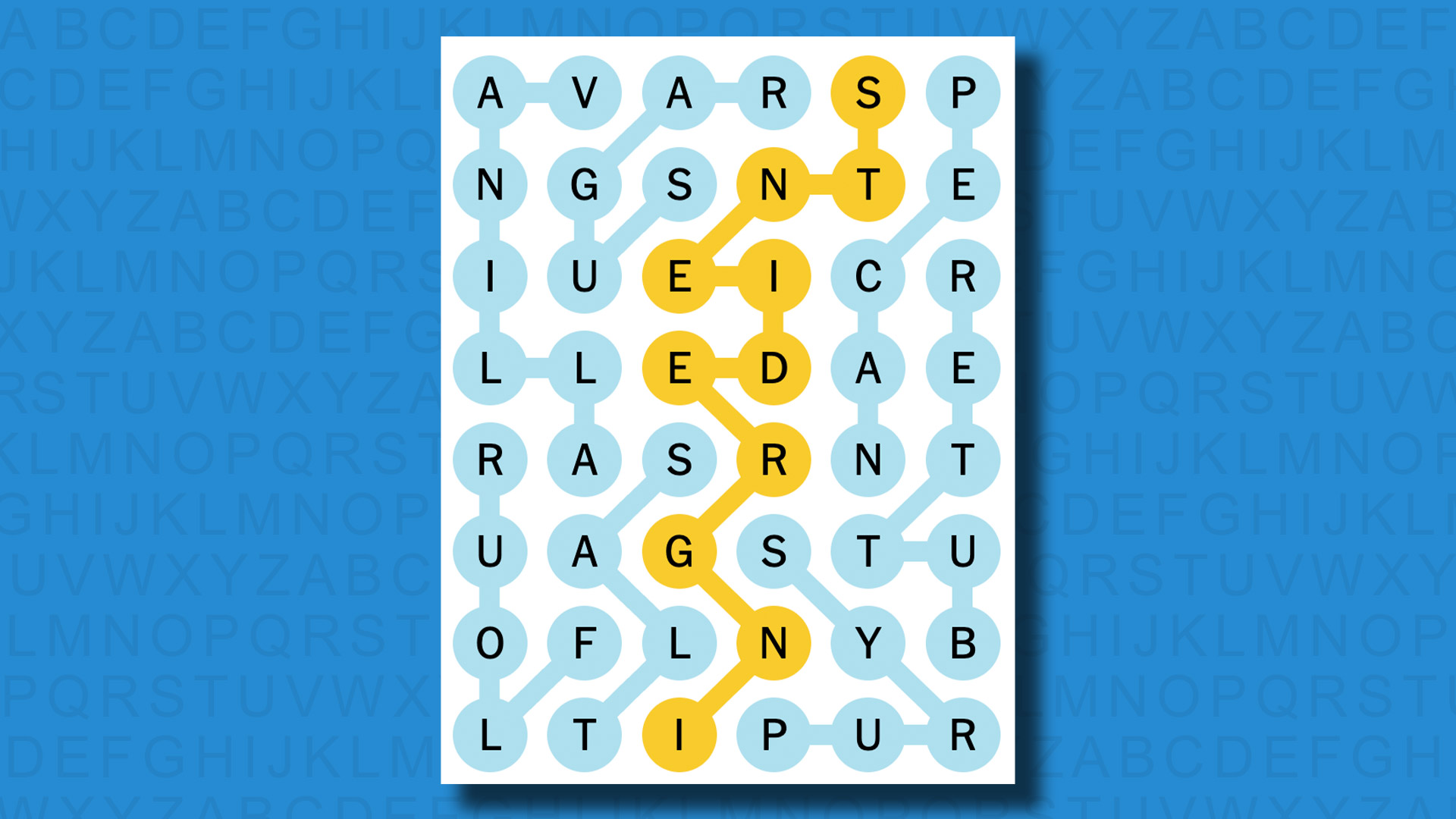[ad_1]
Another working week (for some of us) comes to an end with another set of Quordle puzzles to solve. Your challenge, should you accept it, is to find four words within nine guesses, with all letters you play appearing in each of the segments. It’s fun, it’s tricky, and you’ll find hints for it (and the Quordle answers) below.
SPOILER WARNING: Information about Quordle today is below, so don’t read on if you don’t want to know the answers.

Quordle today (game #823) – hint #1 – Vowels
How many different vowels are in Quordle today?
• The number of different vowels in Quordle today is 5*.
* Note that by vowel we mean the five standard vowels (A, E, I, O, U), not Y (which is sometimes counted as a vowel too).
Quordle today (game #823) – hint #2 – repeated letters
Do any of today’s Quordle answers contain repeated letters?
• The number of Quordle answers containing a repeated letter today is 0.
Quordle today (game #823) – hint #3 – uncommon letters
Do the letters Q, Z, X or J appear in Quordle today?
• No. None of Q, Z, X or J appear among today’s Quordle answers.
Quordle today (game #823) – hint #4 – starting letters (1)
Do any of today’s Quordle puzzles start with the same letter?
• The number of today’s Quordle answers starting with the same letter is 2.
If you just want to know the answers at this stage, simply scroll down. If you’re not ready yet then here’s one more clue to make things a lot easier:
Quordle today (game #823) – hint #5 – starting letters (2)
What letters do today’s Quordle answers start with?
• A
• F
• S
• A
Right, the answers are below, so DO NOT SCROLL ANY FURTHER IF YOU DON’T WANT TO SEE THEM.
Quordle today (game #823) – the answers

The answers to today’s Quordle, game #823, are…
This was probably the easiest Quordle we’ve had this week, which is always nice for a Friday. There are no repeated letters to worry about, no uncommon letters to beware, and no uncommon words to watch out for. Just four straightforward sets of five-letter words.
My three set start words – STARE, DOILY and PUNCH – did most of the work for me, giving me all of the letters I needed beyond G, M and F. And to make things even easier, the first of those letters appears in three of the answers, meaning once I’d found it once I was even closer to the solutions.
How did you do today? Send me an email and let me know.
Daily Sequence today (game #823) – the answers
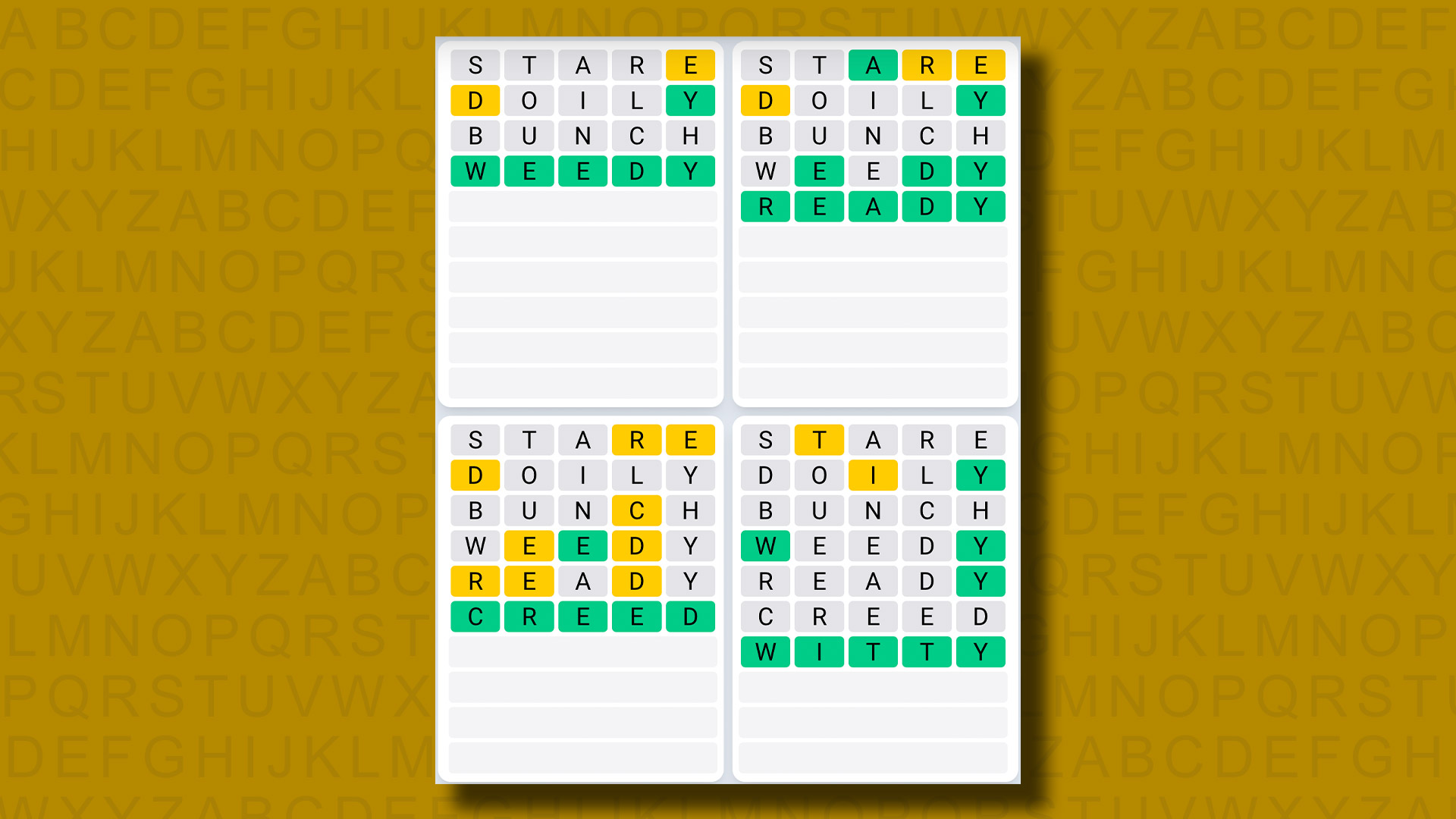
The answers to today’s Quordle Daily Sequence, game #823, are…
Quordle answers: The past 20
- Quordle #822, Thursday 25 April: WHILE, DODGY, MACHO, LOATH
- Quordle #821, Wednesday 24 April: STEAD, CANAL, SHEEN, UNITE
- Quordle #820, Tuesday 23 April: PLANK, SPOIL, GAVEL, STOOP
- Quordle #819, Monday 22 April: PLAID, ADAGE, DIODE, ELBOW
- Quordle #818, Sunday 21 April: CASTE, FUNKY, CAVIL, MANGA
- Quordle #817, Saturday 20 April: STAMP, FORTH, DULLY, OUNCE
- Quordle #816, Friday 19 April: WOMAN, WAXEN, FLIRT, FLOAT
- Quordle #815, Thursday 18 April: MATCH, APTLY, BISON, CLINK
- Quordle #814, Wednesday 17 April: COLON, EQUIP, SUITE, BLURB
- Quordle #813, Tuesday 16 April: METAL, MATEY, AGREE, DRIVE
- Quordle #812, Monday 15 April: STINT, RAPID, BRING, BUILD
- Quordle #811, Sunday 14 April: WITTY, DADDY, SHORT, SLUNG
- Quordle #810, Saturday 13 April: GROVE, ALLOY, TIMID, TWIST
- Quordle #809, Friday 12 April: GUILD, VOMIT, DROOP, BIGOT
- Quordle #808, Thursday 11 April: STRIP, EVENT, EPOXY, GROSS
- Quordle #807, Wednesday 10 April: LANCE, TAPIR, MURKY, CANAL
- Quordle #806, Tuesday 9 April: HERON, FIEND, TWINE, WORSE
- Quordle #805, Monday 8 April: CRAZE, EQUIP, RALLY, SCOUR
- Quordle #804, Sunday 7 April: BRING, WRING, LARVA, GOUGE
- Quordle #803, Saturday 6 April: BLUFF, TENSE, CRUEL, ASKEW
[ad_2]
Source Article Link



 April 25, 1990: Steve Jobs shuts down Pixar’s hardware division (yes, it used to have one!), ending production of the pricey Pixar Image Computer immediately.
April 25, 1990: Steve Jobs shuts down Pixar’s hardware division (yes, it used to have one!), ending production of the pricey Pixar Image Computer immediately.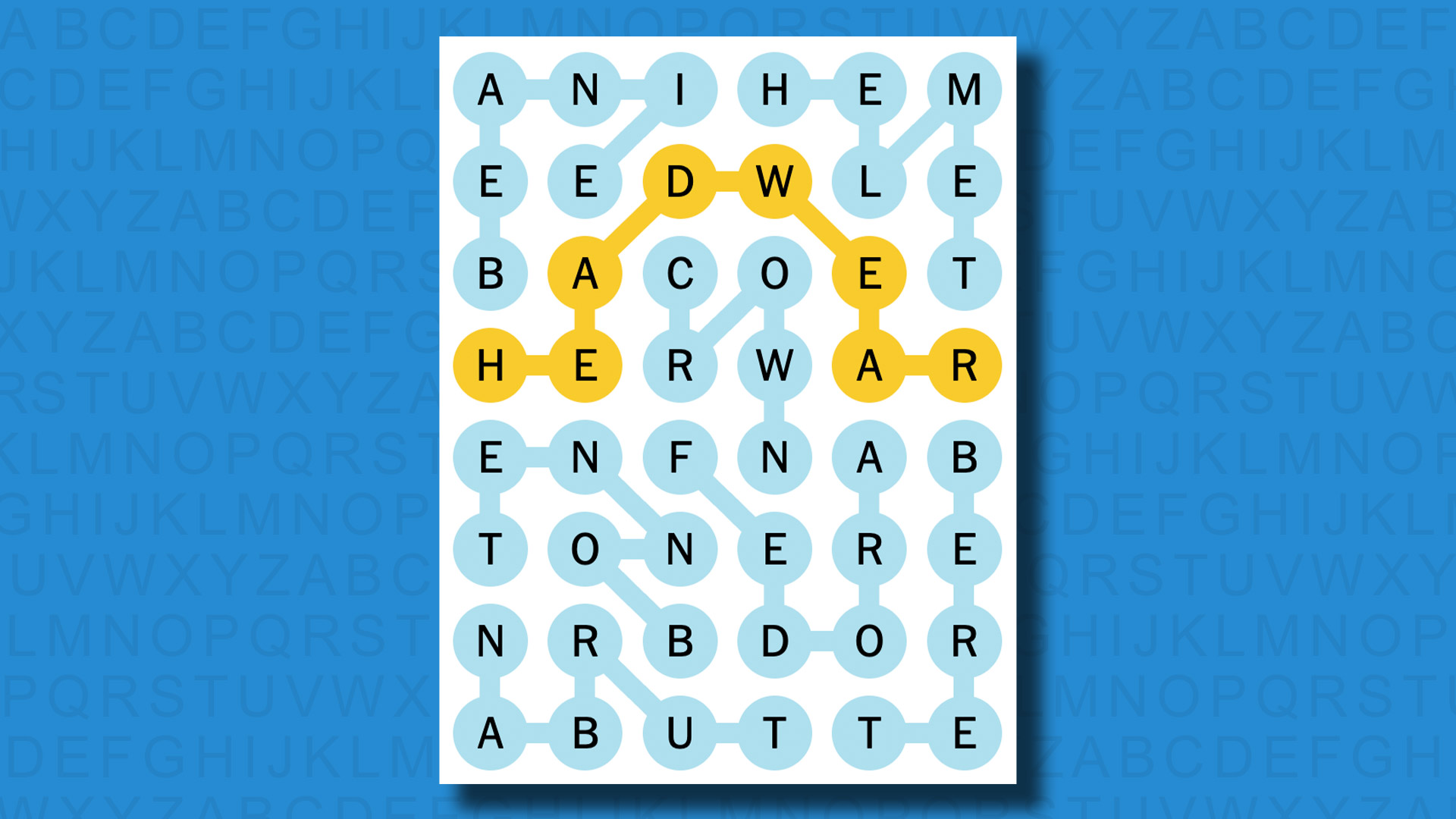
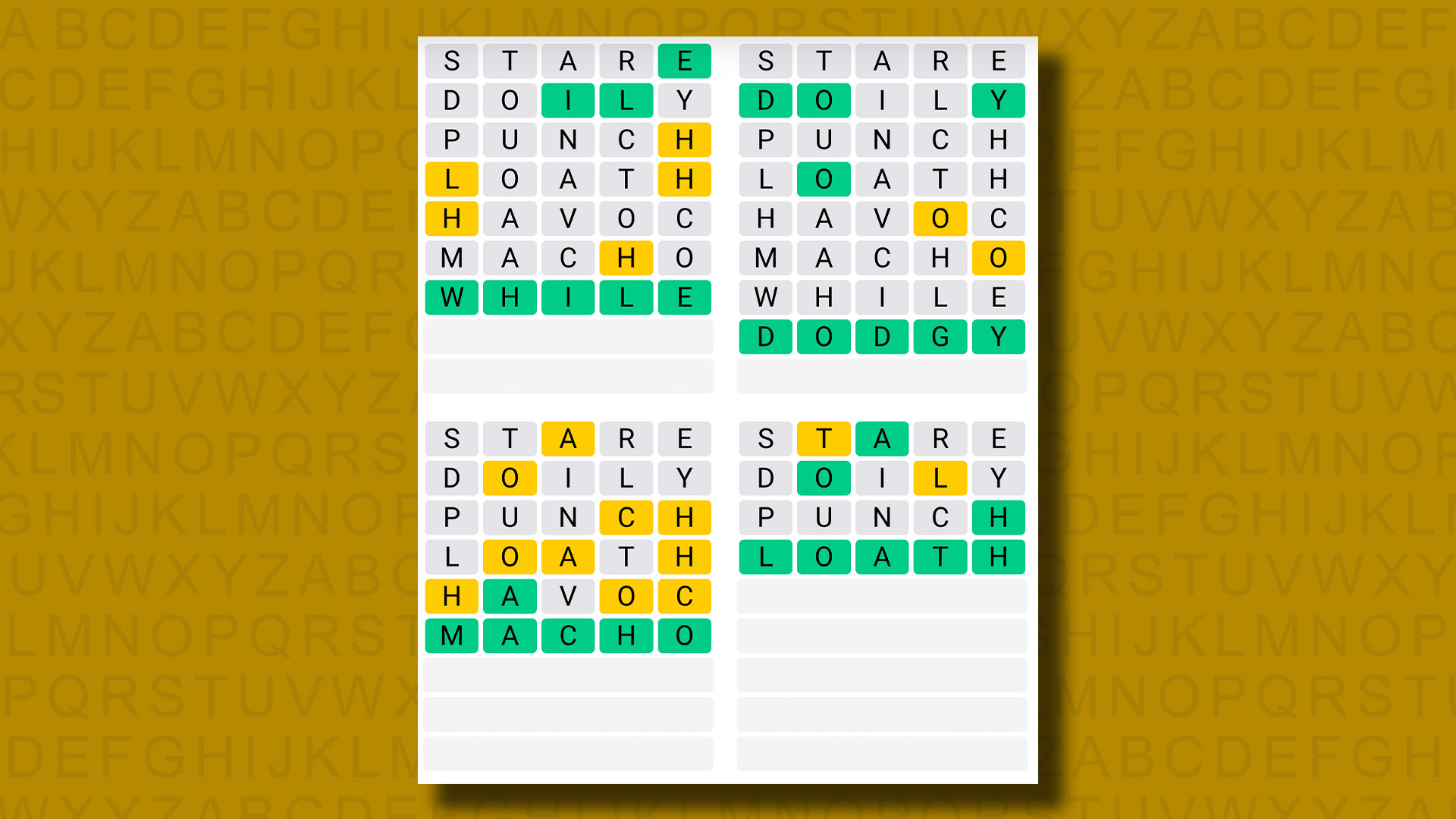
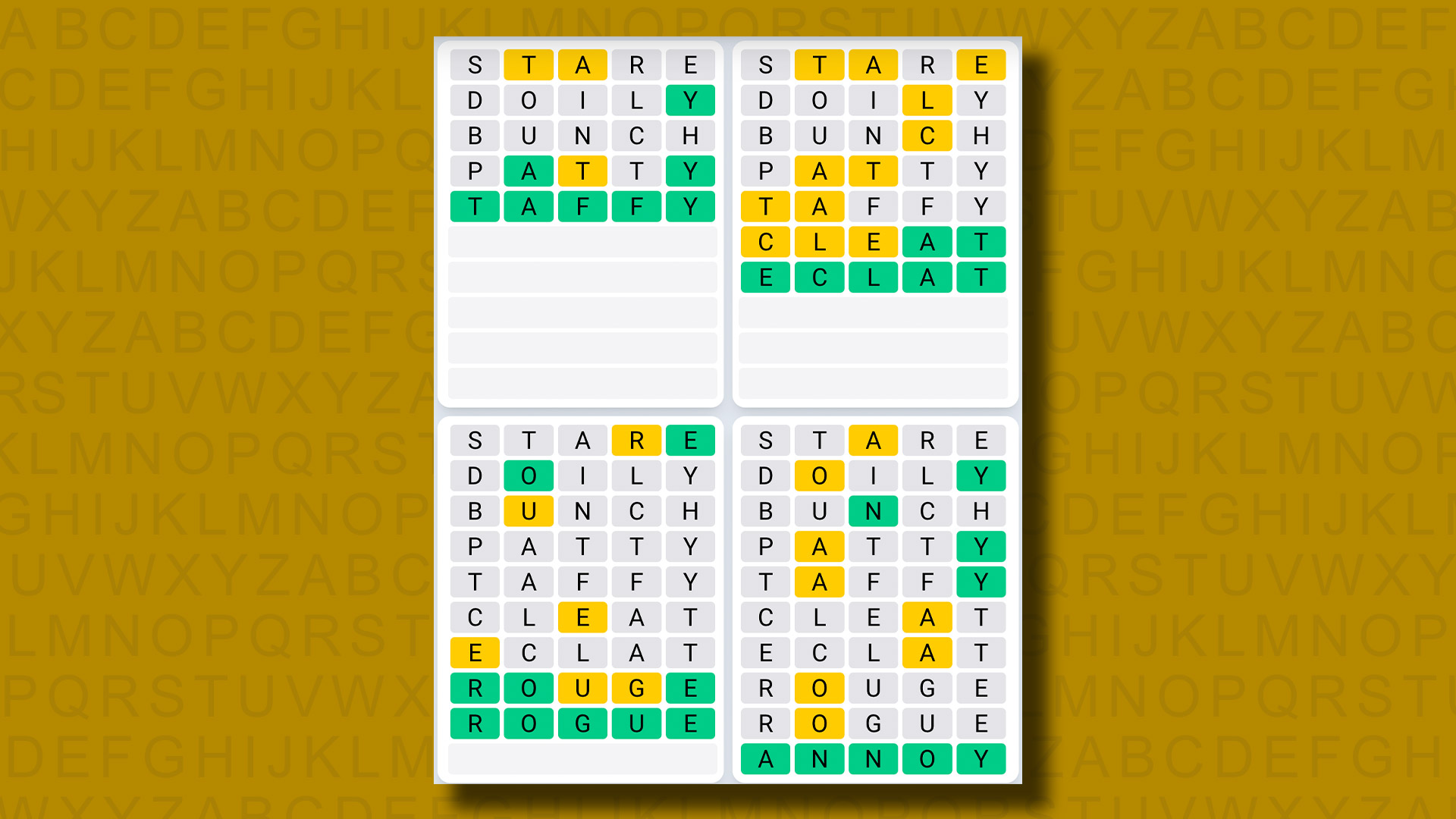

 April 24, 2015: The original Apple Watch launch means consumers, who endured a seven-month wait after the device’s unveiling at a keynote the previous September, can finally strap an Apple wearable onto their wrists.
April 24, 2015: The original Apple Watch launch means consumers, who endured a seven-month wait after the device’s unveiling at a keynote the previous September, can finally strap an Apple wearable onto their wrists.
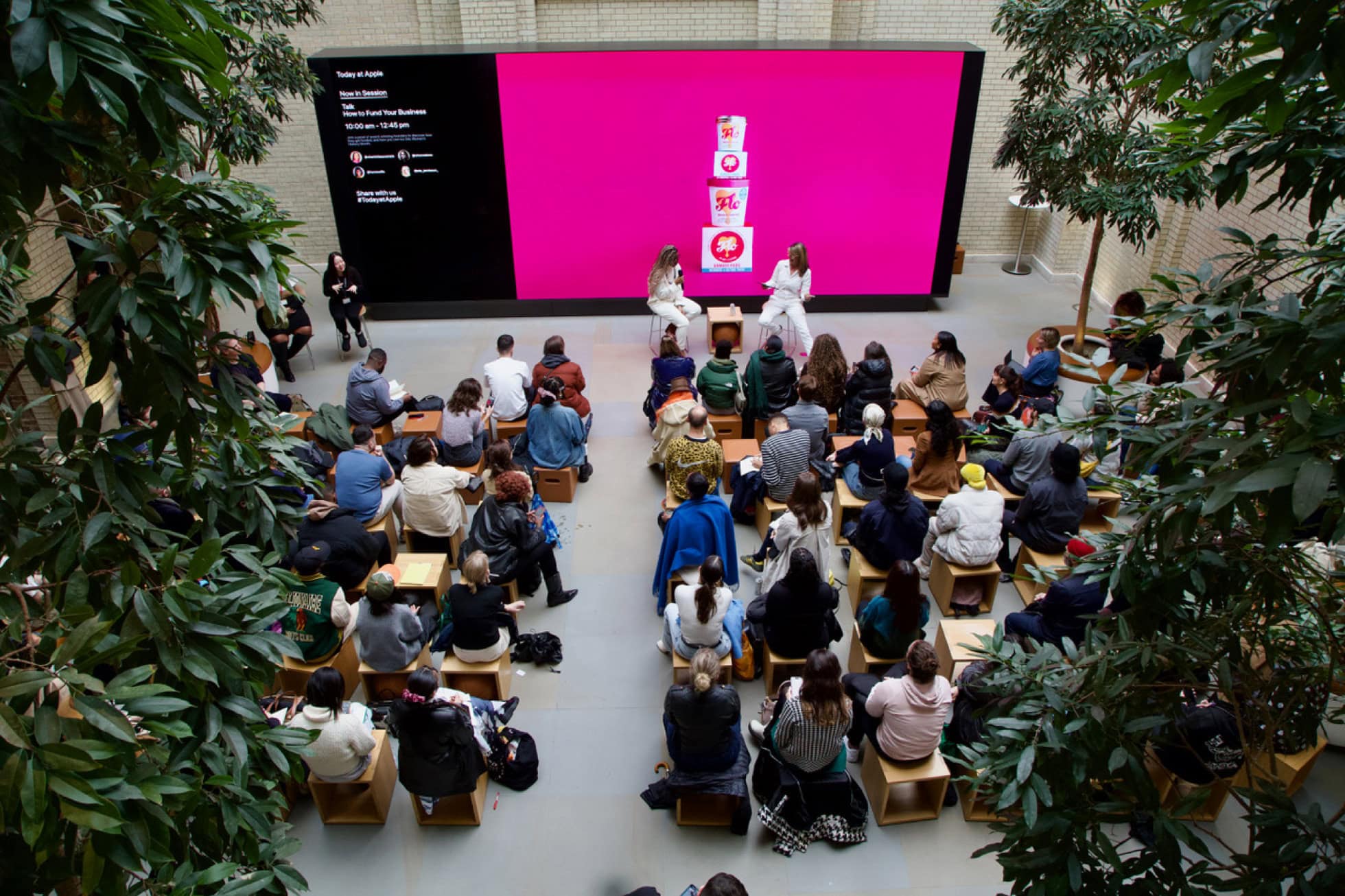
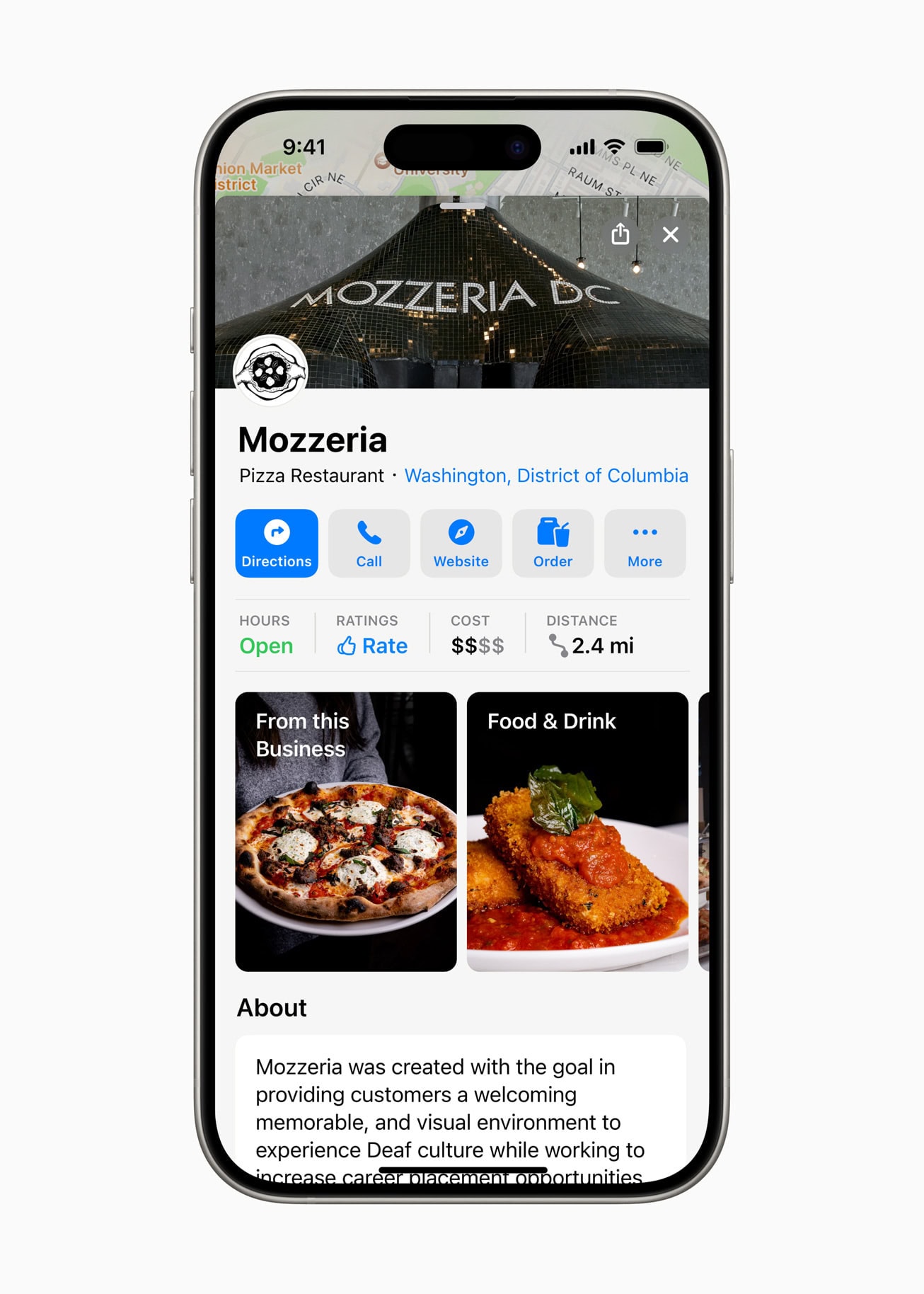
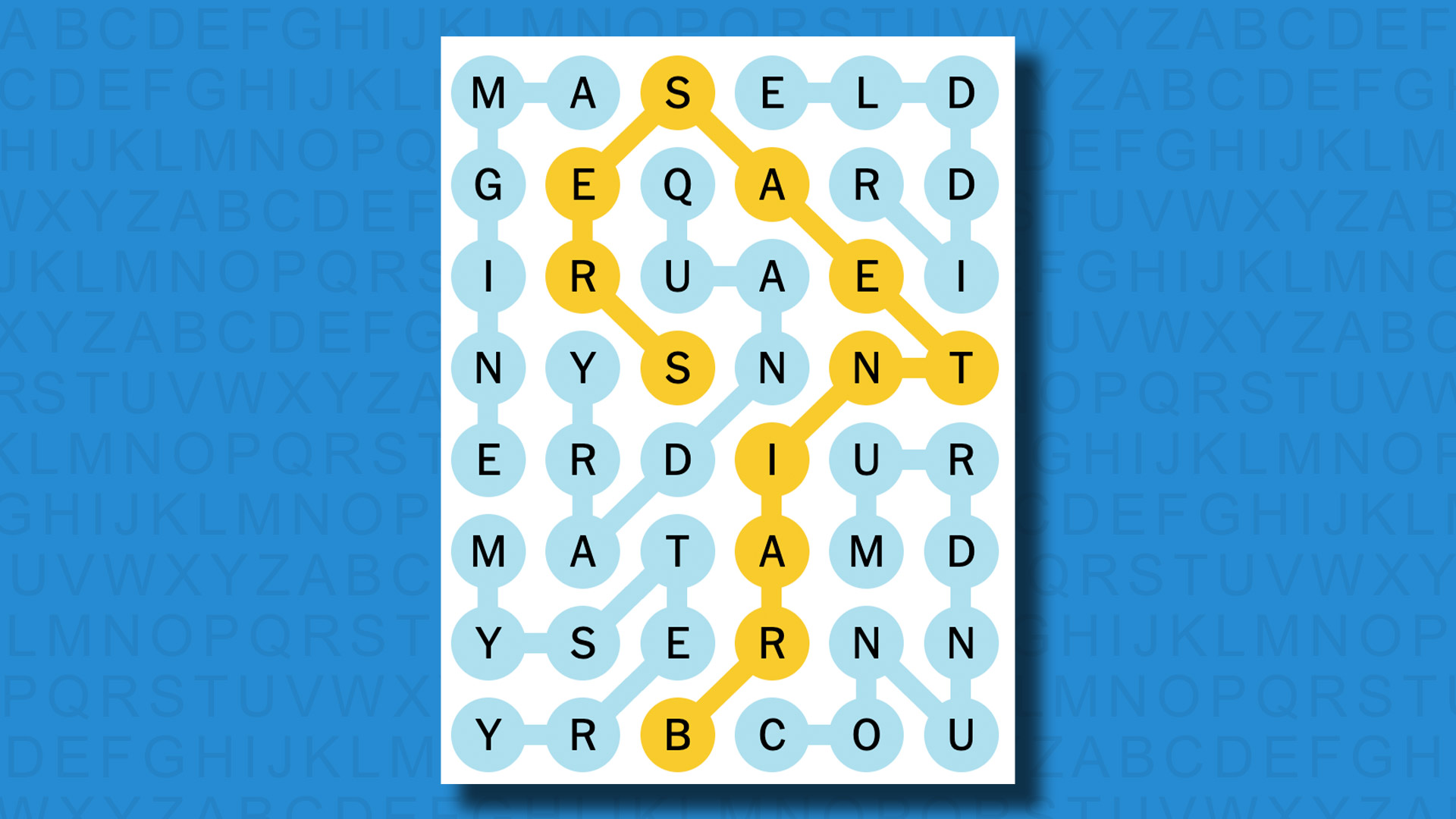

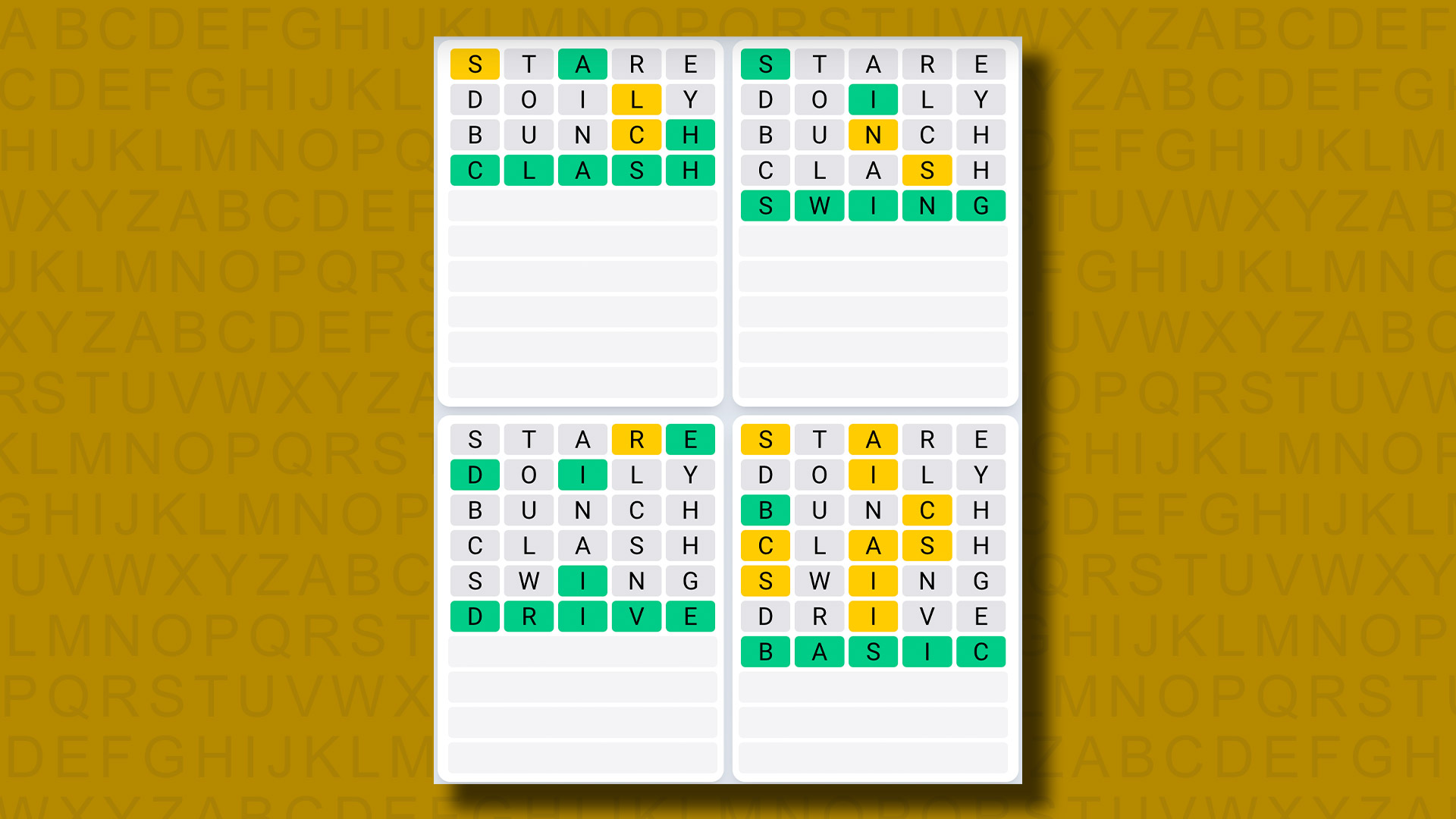

 April 23, 2009: Less than a year after
April 23, 2009: Less than a year after 